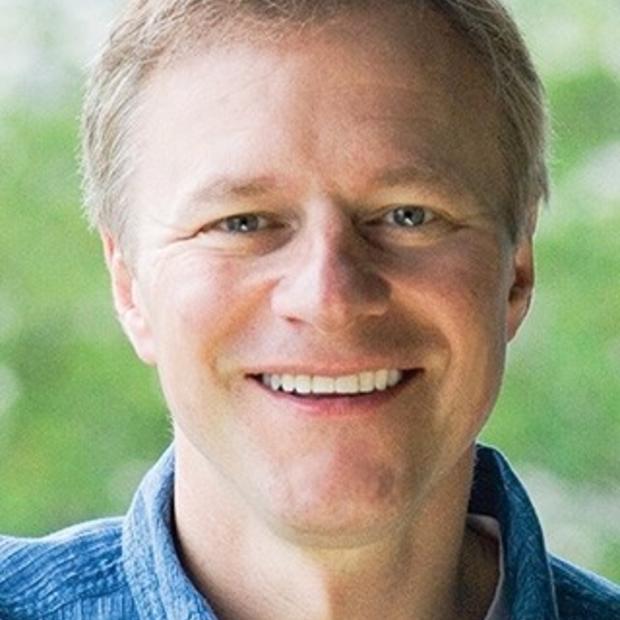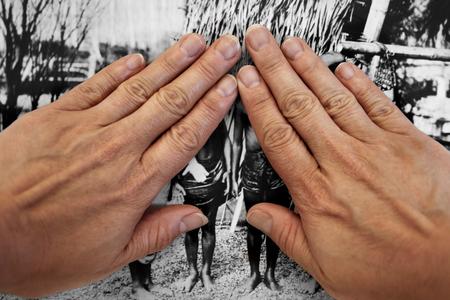In the last three elections the American people voted for change. On Tuesday, they voted to keep things the way they are.
A recap: In 2006, we had a Republican President, an unpopular war and a Republican House accused of being too cozy with K street. Voters booted them from the House. Good-bye, Tom Delay. Hello, Nancy Pelosi.
In 2008, voters moved further left, electing a Democratic president and giving Democrats a decisive majority in Congress. But just two years later, alarmed at the pace of massive spending, huge deficits, and an unpopular health care plan that was clearly a higher priority than getting people back to work, they kicked the Democrats out, leaving Republicans with their biggest House majority since the late 1940s. The revolt went beyond D.C. More Republicans were elected to state legislatures and assemblies than any time since the Coolidge administration.
This year, 2012, would finally decide which direction people wanted to go — further left with the president, or further right with the Republican House.
Now we know. They want both.
The race for president was essentially a replay of George W. Bush in 2004: The incumbent won a bare majority of the vote and bested his opponent in the Electoral College by bringing home Ohio and the major swing states. But in 2012 there was one difference: Barack Obama became the first president ever re-elected to a second term with a smaller percentage of the vote than he won four years earlier.
At the same time, the voters didn’t dent the comfortable Republican majority in the House of Representatives, the engine of conservative reform on Capitol Hill. After all the rhetoric, the billions (literally) spent on campaign commercials and exhaustive work at the grassroots level to identify and turn out voters, divided government remains in place, virtually unchanged. Democrats did make some modest gains in the U.S. Senate, but they often came courtesy of second-string GOP candidates afflicted with foot-in-mouth disease.
So is divided government all that bad?
In the 1980s, Ronald Reagan had a Democratic House, presided over by old-time Boston pol Tip O’Neill and his hyperpartisan aide, Chris Matthews. Yet Reagan managed to get things done, including his historic tax cutting growth plan, domestic spending restraint, and the sweeping tax reform plan of 1986 that brought the top rate down to 28 percent in exchange for sweeping aside deductions and exemptions. When necessary, the two Irishmen talked behind closed doors and compromised: Reagan agreeing to some tax hikes, O’Neill acceding to lower tax rates on the wealthy in exchange for taking millions of low-income earners off the tax rolls.
In the 1990s, after the ’94 mid-terms produced a Republican House, Bill Clinton ended up across the table from uber-partisan Newt Gingrich. Clinton was more clever and disciplined, at least politically, than the insurgent Georgian, and he took the advice of his consultant, Dick Morris, triangulating between Gingrich and the left wing of his own party. It worked magnificiently, but also required signing off on parts of the Republican agenda, including welfare reform and a capital gains tax cut that helped fuel the high tech boom in the '90s. Coupled with spending restraint, it resulted in the first balanced budgets in a generation.
Barack Obama, more ideologically oriented and far less politically skilled than Clinton or Reagan, would never have signed off on welfare reform or cutting capital gains. But with no mandate, and no plan going forward, he cannot govern without dealing with a Republican Congress that is not going away.
Some people, particularly politicos and pundits within the D.C. beltway, roll their eyes at all the unsophisticated rubes who vote for one Party in the White House and another to represent them in Congress. But growing numbers of Americans don’t feel comfortable with either party. Having endured a big spending Republican Congress under Bush, and an even bigger spending Democratic Congress under Obama, it is clear they no longer trust either party to do it on their own.



